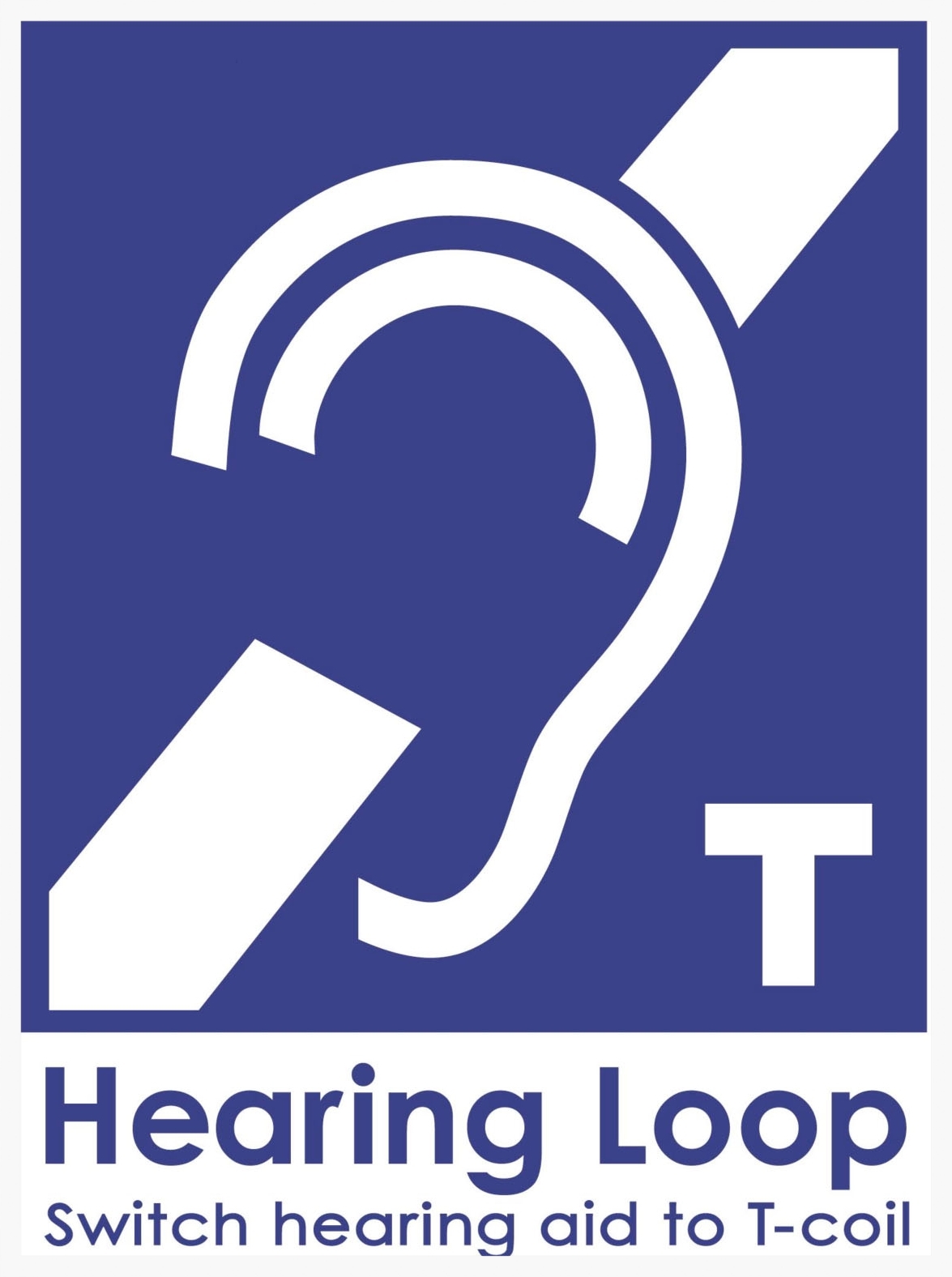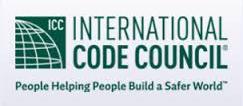Regulations and Standards
About the Hearing Loop Logo
Two accepted signs represent the international symbol for the hearing impaired. The "T" denotes that a Hearing or Induction Loop is installed in the area for people with hearing loss. This sign indicates that audio is being broadcast through the Hearing Loop. By activating the t-coil setting on the hearing aid, listeners can pick up the audio signal. The majority of hearing aids today feature telecoil technology. To find out if your hearing aid has a telecoil, ask your hearing care provider.
The International Electrotechnical Commission (IEC) Standard 60118-4
The International Electrotechnical Commission (IEC) is the leading global organization that publishes consensus-based International Standards and manages conformity assessment systems for electric and electronic products, systems and services, collectively known as electrotechnology.
In 2007 the International Electrotechnical Commission (IEC) produced a revised standard – IEC 60118-4 – for the performance of Induction Loop Systems in any assistive listening application. This standard is being adopted across the world as the reference for Loop system performance.
At Elequip, we believe that all installations should meet the requirements of IEC 60118-4. For this to be possible the standard must be considered during site survey, specification, design, installation and maintenance of the system.
To comply with IEC 60118-4, the Hearing Loop must be within specific parameter values when tested for performance in these four areas:
- Background Noise Measurement
- Field Strength Deviation (±3 dB)
- Basic IEC Frequency Response
- Maximum Field Strength Level, 400mA/m
Additionally, we perform a comprehensive frequency response test, check for overspill (if required) and a listening check, or subjective test, with an actual voice signal.
America National Standard Institute (ANSI) Standard ANSI A117.1
The American National Standards Institute (ANSI) is the US body that oversees the creation, promulgation and use of thousands of norms and guidelines that directly impact businesses in nearly every sector. ANSI have recently revised the standard concerning Hearing Loops.
ANSI in partnership with the International Code Council (ICC), a member focused association responsible for the International Building Code, which develops codes and standards used in the design, build and compliance process for construction throughout the US.
The revision now includes specific language stating that Induction Loop Systems in assistive listening applications must meet the requirements from IEC 60118-4. They go on to specify a list of parameters to be met, that follow to the letter the IEC 60118-4 Hearing Loop Standard. What this means is that now it is a legal requirement to ensure that Loop systems perform at a level that really makes a difference for the end user. It will be illegal to install a sub-standard Hearing Loop and those responsible may be subject to criminal or civil penalties.
With this change, hearing impaired users with telecoil enabled hearing aids or suitable receivers will be guaranteed a good quality experience from a system that complies with standards for frequency response, field strength, background noise and area coverage.
System designers and installers are required to train and become qualified to fit systems that meet the IEC standards. It should also minimize the tendency to specify and install sub-standard systems to reduce costs and win tenders.
For Additional information visit:






